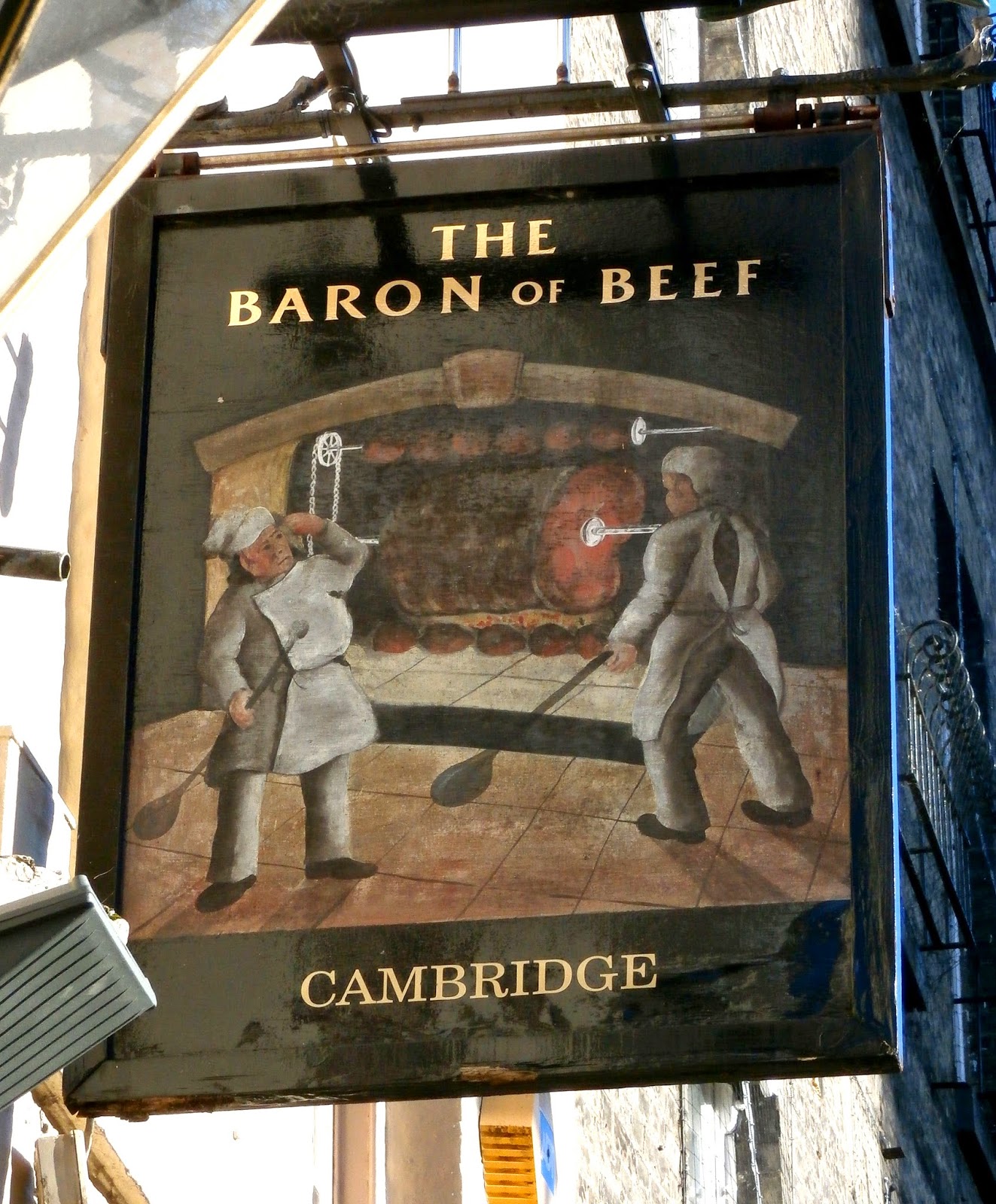Tram Depot, Dover Street,
Cambridge
Back in the late 1980s, Suffolk brewery Earl Soham took over the derelict stable block of the long-defunct Cambridge Street Tramways depot, renovated it, and turned it into a pub. What an excellent way of giving new life to neglected part of Cambridge’s heritage! (In these less enlightened times a quarter of a century later the site would probably be cleared and a monstrously insensitive and incongruous seven-storey office block would spring up in its place.) Although sadly no longer an Earl Soham house (it was taken over a few years later by Everards), the pub still has an attractive sign, appropriately featuring a horse-drawn tram, whose design has survived at least one replacement.
Back in the late 1980s, Suffolk brewery Earl Soham took over the derelict stable block of the long-defunct Cambridge Street Tramways depot, renovated it, and turned it into a pub. What an excellent way of giving new life to neglected part of Cambridge’s heritage! (In these less enlightened times a quarter of a century later the site would probably be cleared and a monstrously insensitive and incongruous seven-storey office block would spring up in its place.) Although sadly no longer an Earl Soham house (it was taken over a few years later by Everards), the pub still has an attractive sign, appropriately featuring a horse-drawn tram, whose design has survived at least one replacement.
 |
| Tram Depot: previous sign |
 |
| Tram Depot: current (2014) sign |
But. (Yes, there’s always a ‘but’.)
Is it a Cambridge tram?
Well, unfortunately, no, it isn’t. There are several clues, not least the leafy rural setting, which bears no resemblance to any part of the actual tramway. This I can put down to artistic licence and not think too much more about it, but some other inaccuracies are less easy to brush aside:
- Cambridge Street Tramways livery was red and cream, not this sort of coffee-and-cream affair.
- The tram car depicted here is being drawn by two horses. This was true of the competing omnibuses of the time, but aside from a brief experiment in the late 1880s, in response to widespread concerns about the welfare of the horses, all CST trams were drawn by a single horse.
- CST tram no. 5 was a single decker.
So, a commendable effort in the true spirit of what a painted pub sign should be like, but as is so often the case, the execution is let down by an absence of research.
References
Paul Carter, Cambridge 1. The Prestige Series. Glossop:
Venture Publications, 2004.
Leslie Oppitz, Tramways Remembered: East Anglia, East Midlands and Lincolnshire. Newbury: Countryside Books, 1992.
Leslie Oppitz, Tramways Remembered: East Anglia, East Midlands and Lincolnshire. Newbury: Countryside Books, 1992.
S. L. Swingle, The Cambridge Street Tramways.
Locomotion Papers No. 61. Lingfield: Oakwood Press, 1972.












